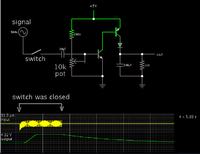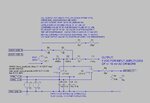xpress_embedo
Advanced Member level 4
I have to detect the analog audio output from the set top box.
Means want to detect whether the audio is coming from channel or not.
How can i detect mute condition, is there any method do so.
Means want to detect whether the audio is coming from channel or not.
How can i detect mute condition, is there any method do so.


